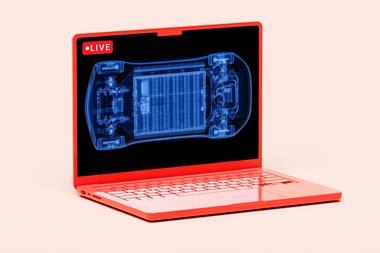Scientists in China have found a cheaper and more efficient alternative to commercial electrodes in fountain pen ink.
Dye sensitised solar cells (DSSCs) have long been recognised as a possible answer to the energy crisis we are facing. Unfortunately, many current solar cells rely on expensive platinum or inflexible carbon based materials in their manufacture. Now, scientists in China have found a cheaper and more efficient alternative in commercial fountain pen ink.
Until now, none of the materials investigated has managed to achieve the light weight, low-cost and biodegradable properties that are attractive in manufacturing flexible electronics. However, Dechun Zou and co-workers at Peking University have found a material that has all these attributes in fountain pen ink.
Commercial pen ink consists of well-dispersed carbon nanoparticles. In work published in Journal of Materials Chemistry (DOI: 10.1039/c2jm16265b), the researchers took advantage of the good catalytic activity, high stability and well-established industrial production of the material and directly introduced the ink as a counter electrode material for DSSCs. The ink film was prepared via a spin-coating technique and the layer was shown to be only 3m thick. The energy efficiency of the cells is currently at 6.2%, which is comparable to a standard Pt electrochemical device that would be around 1000 times more expensive.












No comments yet